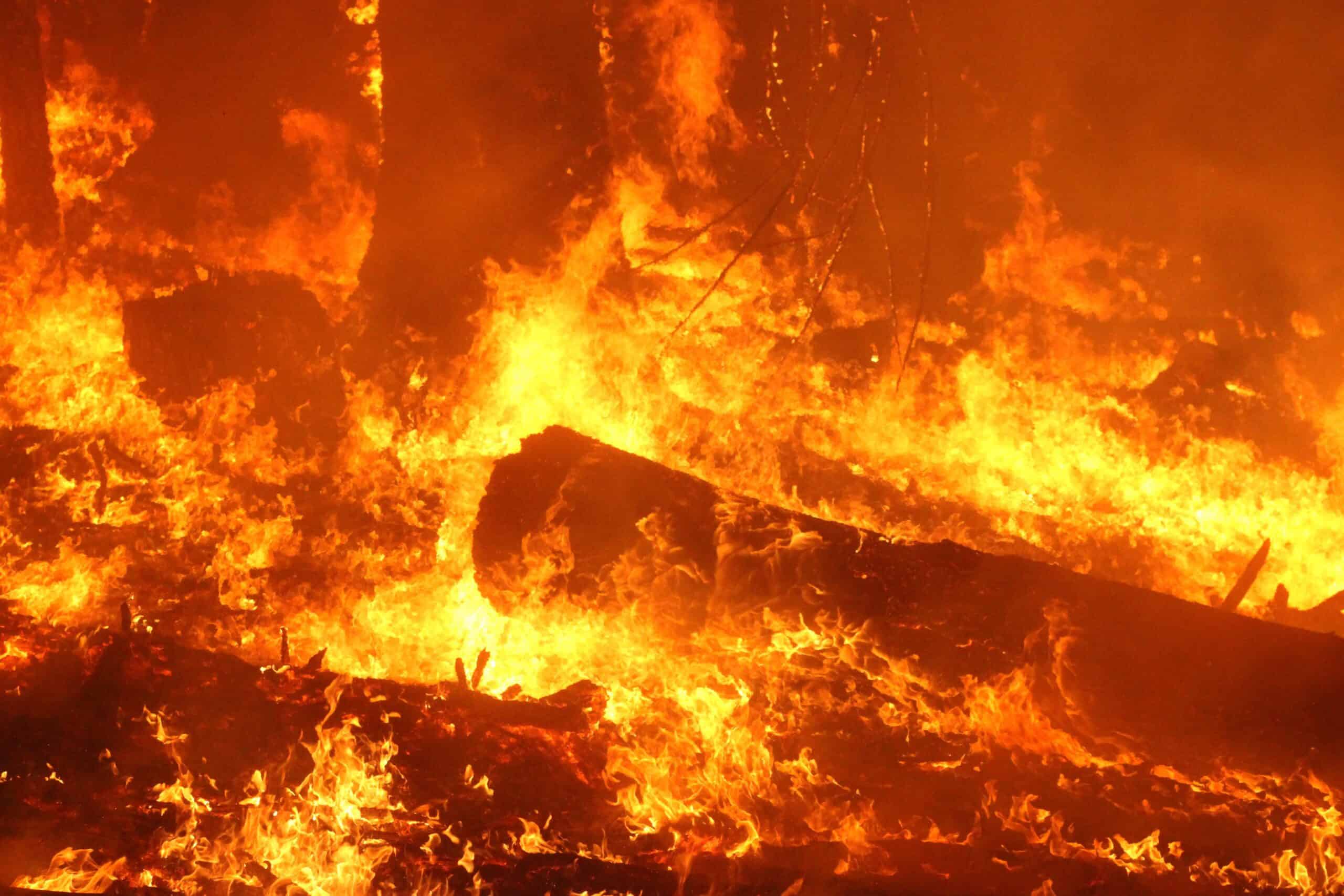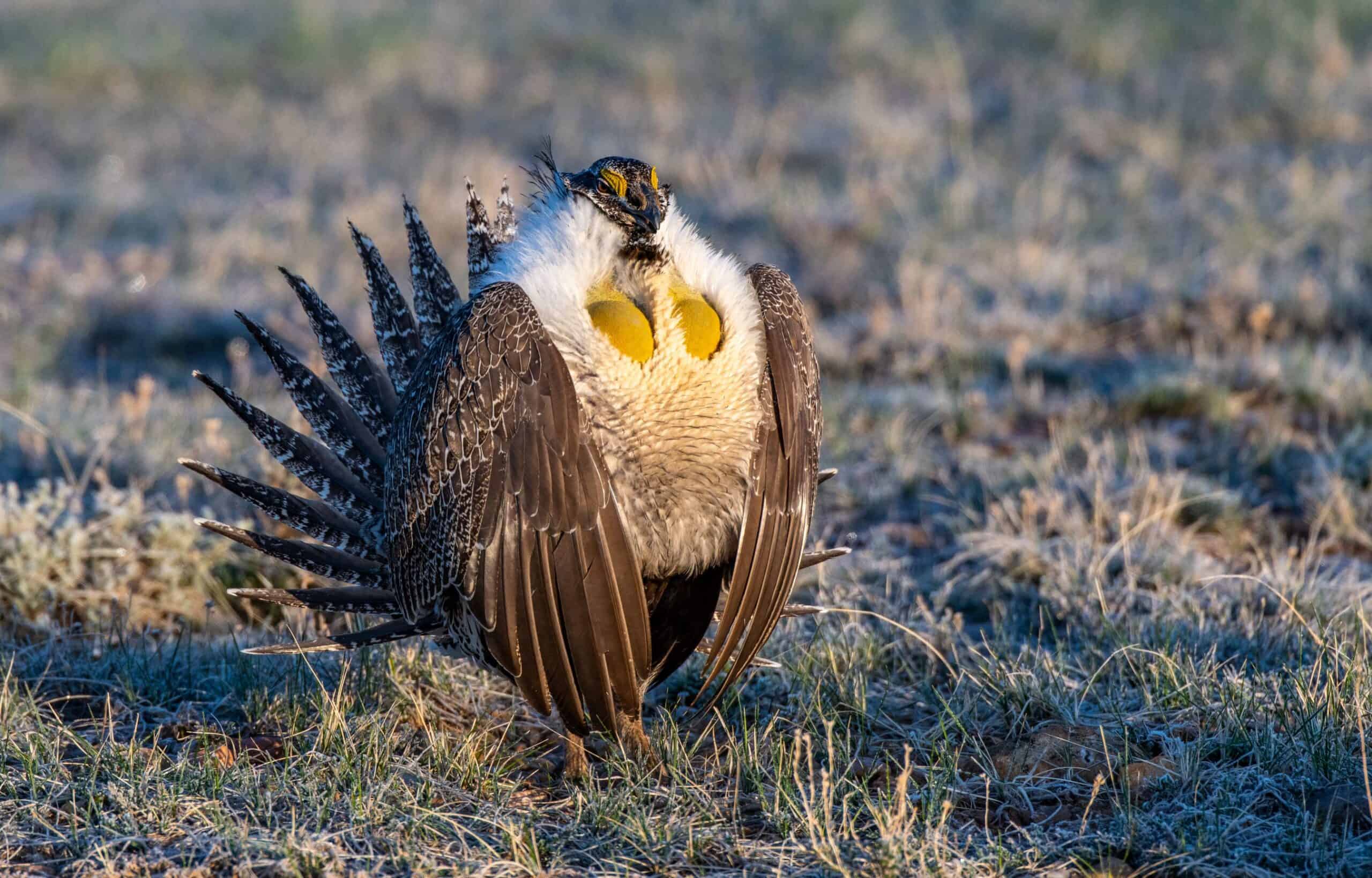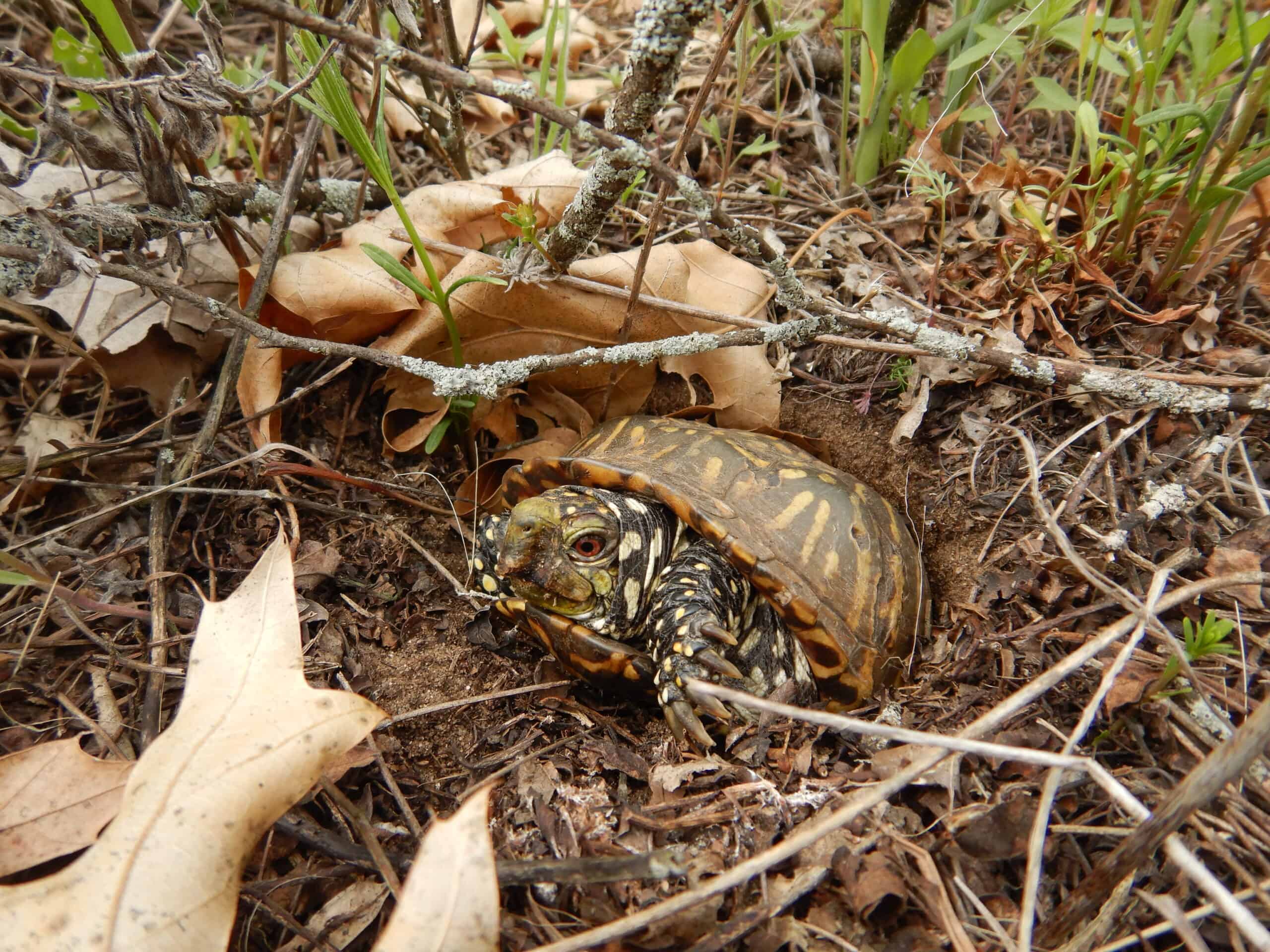Share this article
Q&A: Rapid-fire evolution in the Pyrocene
Researchers consider how wildlife may adapt to catastrophic wildfires
Gavin Jones has devoted much of his career to studying the effects of fire on wildlife and considering what forest management might mean in the Pyrocene—the age of large, catastrophic wildfires.
But fire can do more than affect a population, Jones realized. It can shape its evolution.
For a recent paper published Trends in Ecology & Evolution, Jones, an ecologist with the U.S. Forest Service, assembled a team of researchers—including wildlife biologists, evolutionary ecologists and geneticists—to consider how catastrophic fires may force species to evolve quickly to survive.
We caught up with Jones to discuss their findings. His answers are edited for brevity.
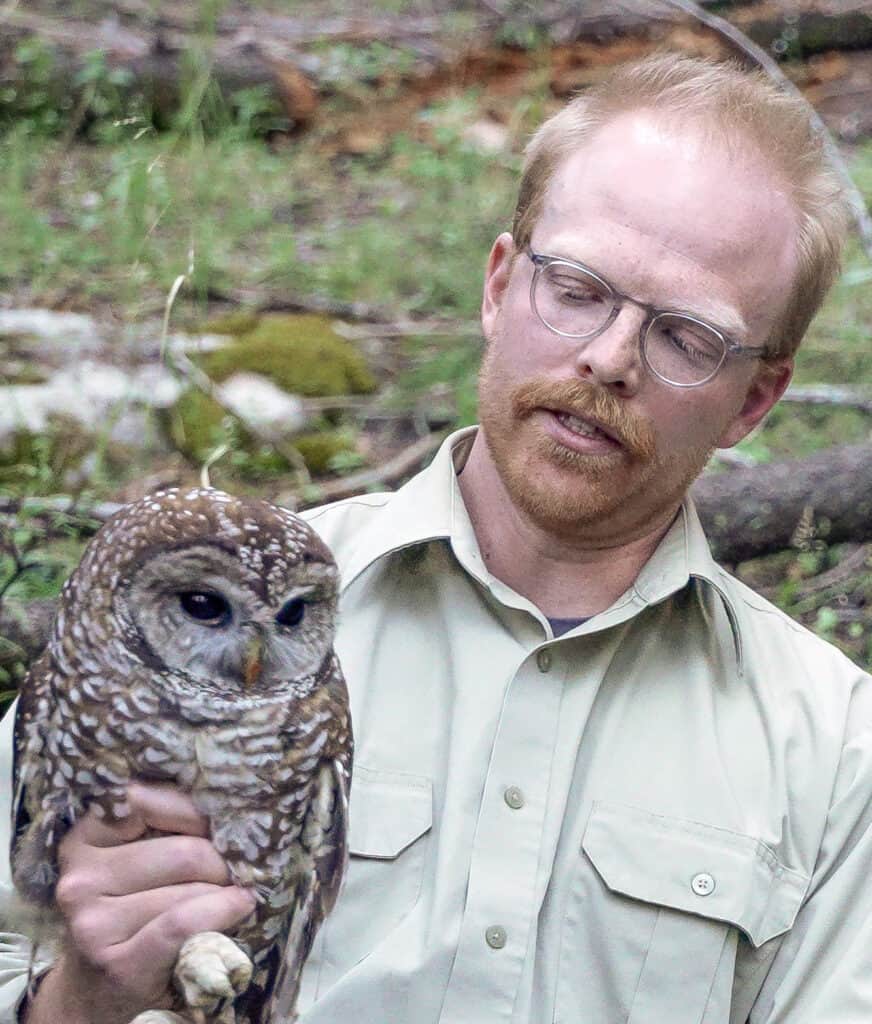
With fires raging across Canada and other parts of the world, this seems like a very good time to think about the effects of wildfire. Are destructive wildfires a force we can expect to deal with for the rest of this century?
Yes, for this century and beyond. Wildfires have burned in the Earth system for millions of years, and they will continue for millions more. The reason we are thinking about them more now is because we are more than ever living in fire-prone places, so there are more significant direct social costs of wildfire. Fire regimes are also changing in many ecosystems, often becoming more severe, larger in size, or occurring more frequently or during different times of the year than they used to. All this is to say yes—we need to get used to living with fire. It’s an inevitable—and critically important—ecosystem process.
Fire has always played a role on the landscape. What is different now?
There are two forces at play that generate the modern “wildfire problem.” First, the way fires burn is changing, and these changes are human-caused. Human-caused climate change is creating warmer, drier conditions suitable for fire. And land-use changes like fire suppression, development, logging, etc. have created conditions that often make forest ecosystems more flammable. The second force at play is that humans are now living at high densities in places meant to burn. This means that we’ll more frequently find ourselves in conflict with natural fire regimes, as well as more unnatural ones.
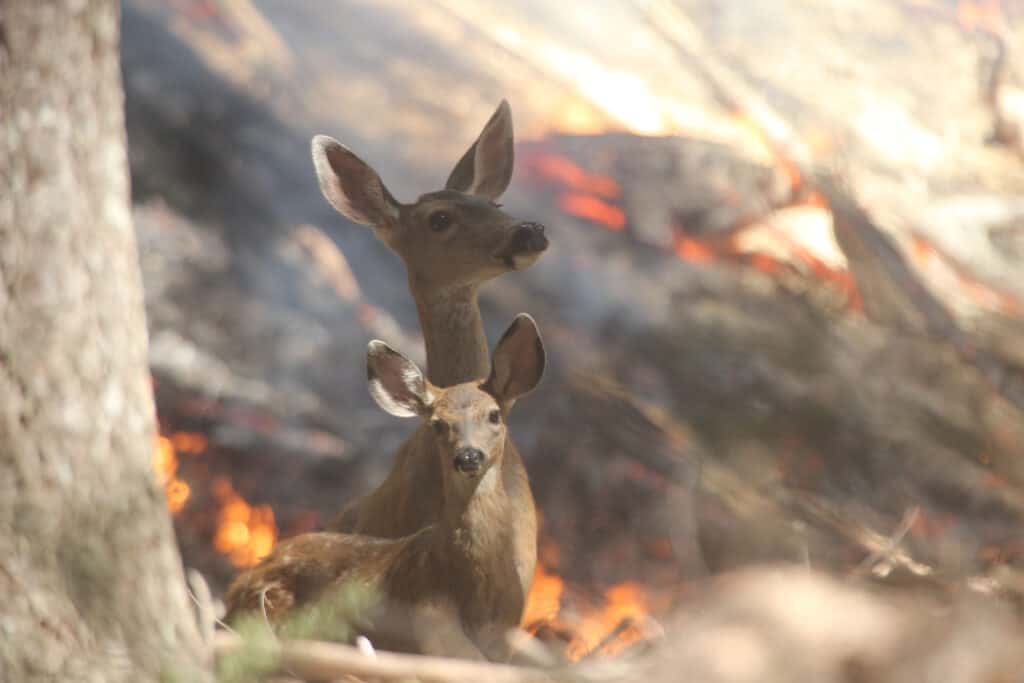
Why look at how fire has affected evolution?
If you think about it, fire may be one of the most important environmental forces shaping evolution in animals. Every square inch of Earth that has vegetation and a source of ignition has a fire regime. The influence of fire on life is pervasive and has been for millions of years. And fire has a strong influence over the patterns of vegetation in all of these ecosystems as well. Even “unburned” areas on a landscape are not truly unburned—they just burned a very long time ago. The fingerprint of fire is on everything, and animals have evolved alongside this pervasive force. Failing to consider the role of fire in animal evolution would be like not considering the role of water on the evolution of fish! Perhaps most importantly, as we see fire regimes change, we expect there to be the potential for rapid evolution in animals.
We tend to think about evolution over millions of years. Can wildlife evolve fast enough to keep up with the changes in fire regimes?
When we think of evolution we often think of speciation—the process by which populations of a species become “isolated,” and over long periods of time they differentiate to a sufficient degree to become different species. But evolution is a much broader process. Evolution is simply changes in a population’s genetic make-up. So, evolution can happen fast—even over the course of a generation or two. If you have the rise of a novel and strong environmental force that can yield significant mortality or reproductive failure in a portion of a population, you have the ingredients for rapid evolution. The question of whether species can “keep up” with changing fire regimes remains to be seen. Certainly, some species may show rapid adaptations and may be able to capitalize on novel environments produced by megafires in the Pyrocene, but many others will likely not.
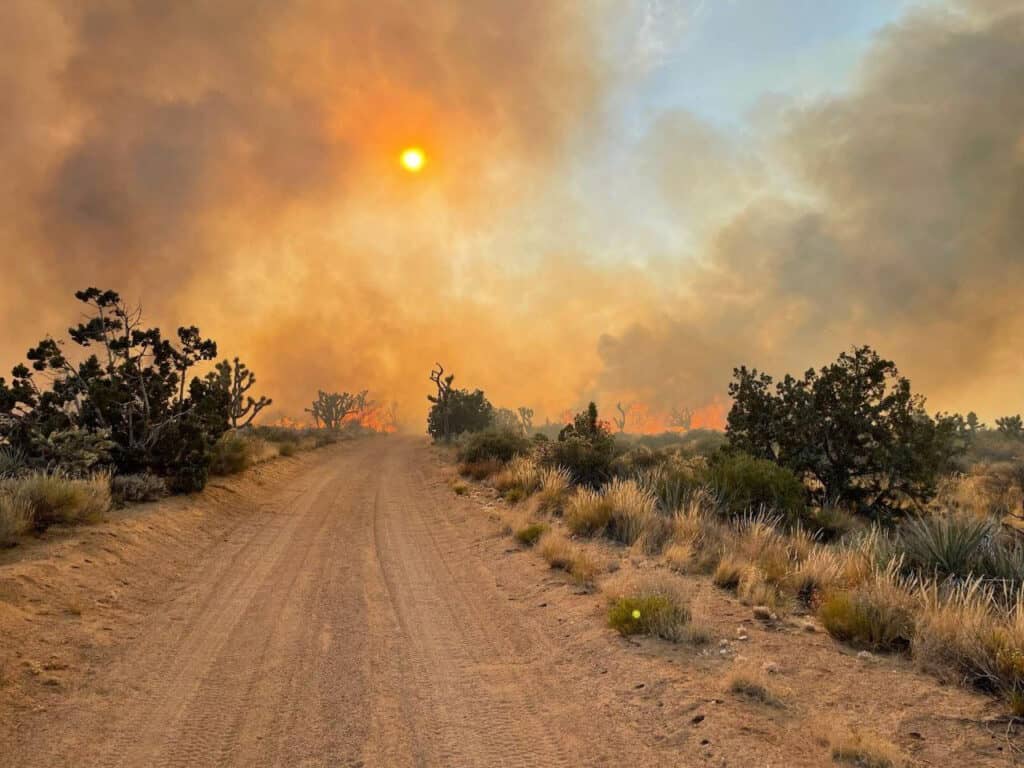
Are there ways we should think about harnessing wildfire for conservation?
The main lesson for conservation is to recognize that evolution is always at play, and if we can figure out how it is acting, we can work with evolution to produce better outcomes for wildlife.
How does looking through an evolutionary lens like this shape the way we see life in the Pyrocene?
I think it is exciting—as a scientist—to think about how evolution is happening all around us, right in front of our eyes, in response to changing environments. The coming decades will be a very interesting time to be investigating how animals adapt in response to changing fire regimes.
Header Image: Flames burn above Ruth Valley in California during 2020’s August Complex Fire, the largest fire in the state in recorded history. Credit: U.S. Forest Service



